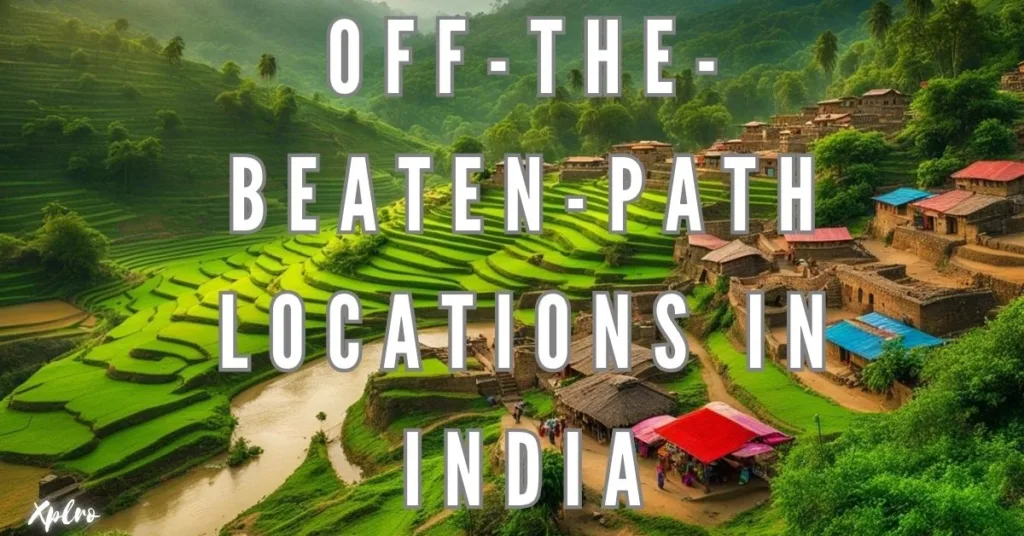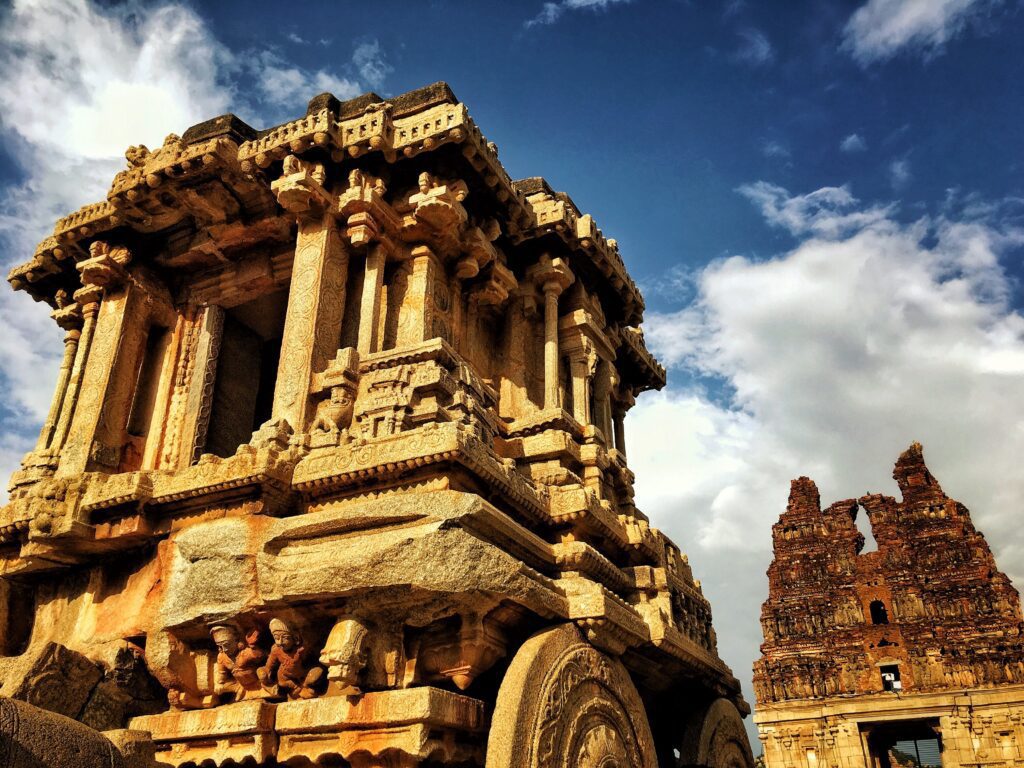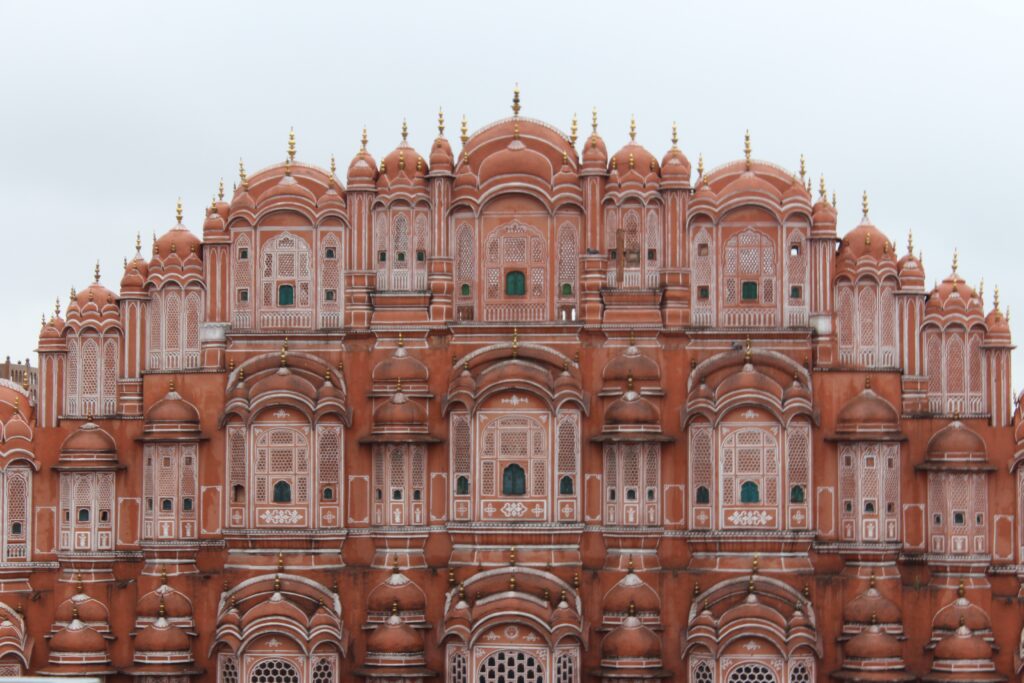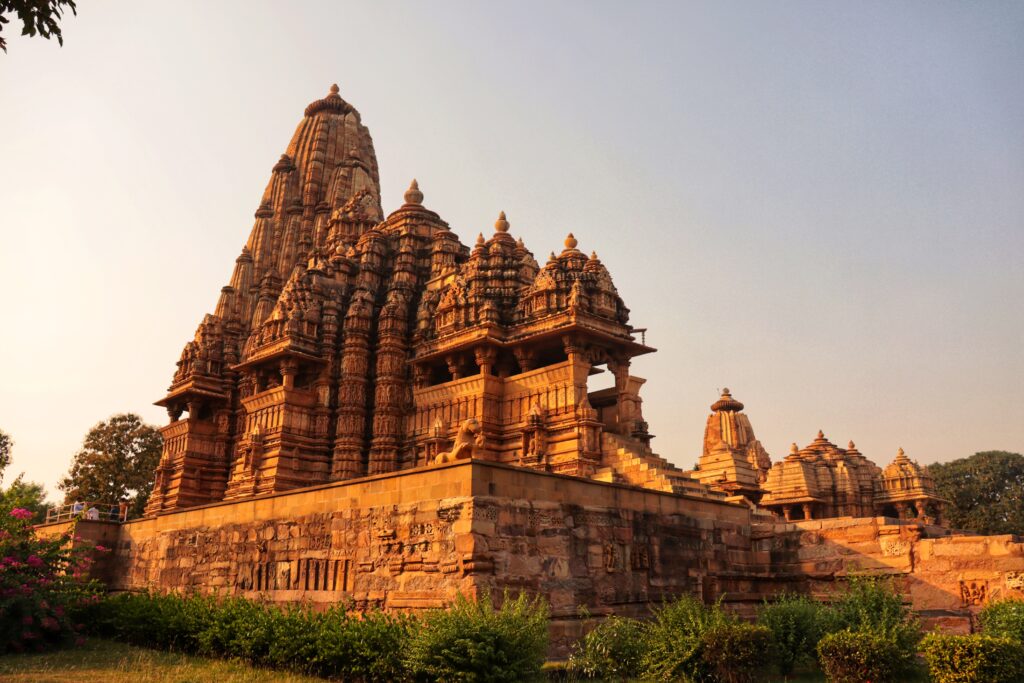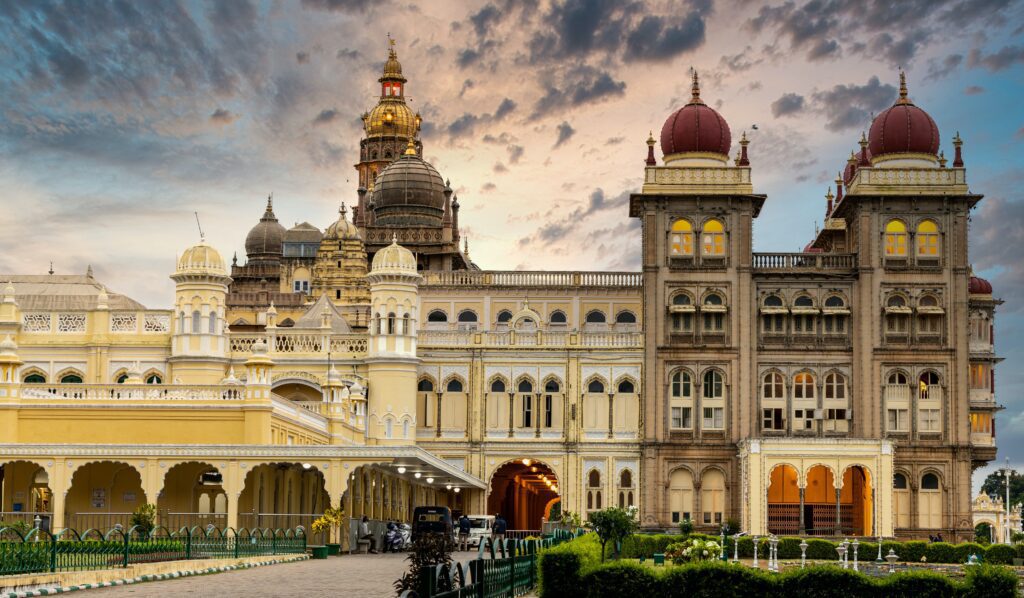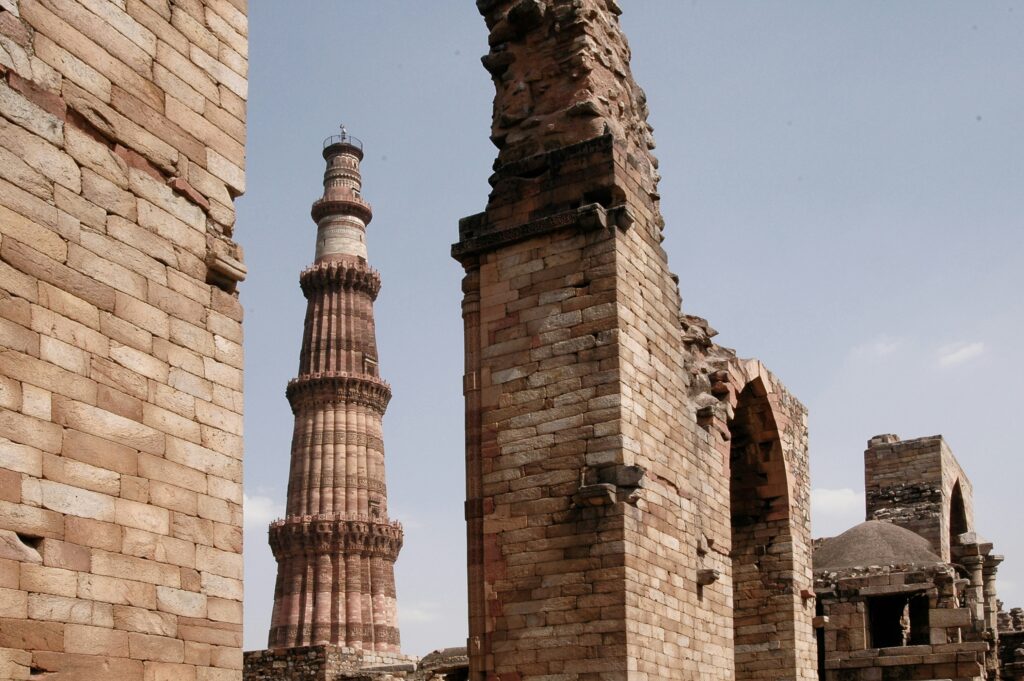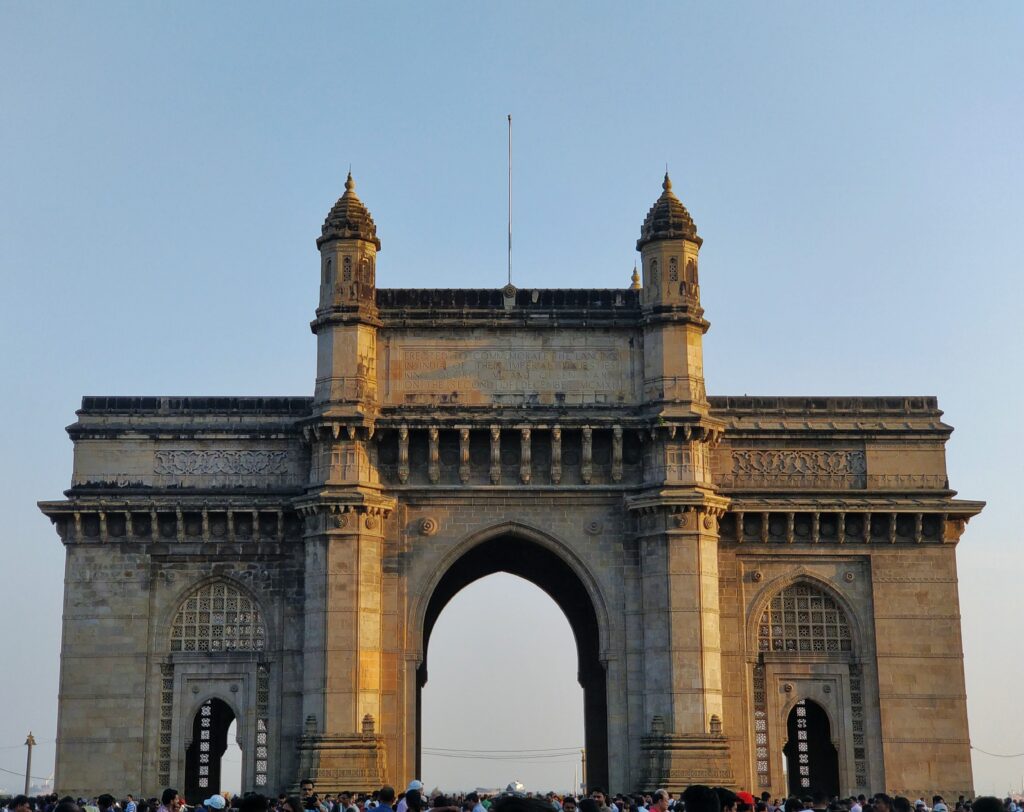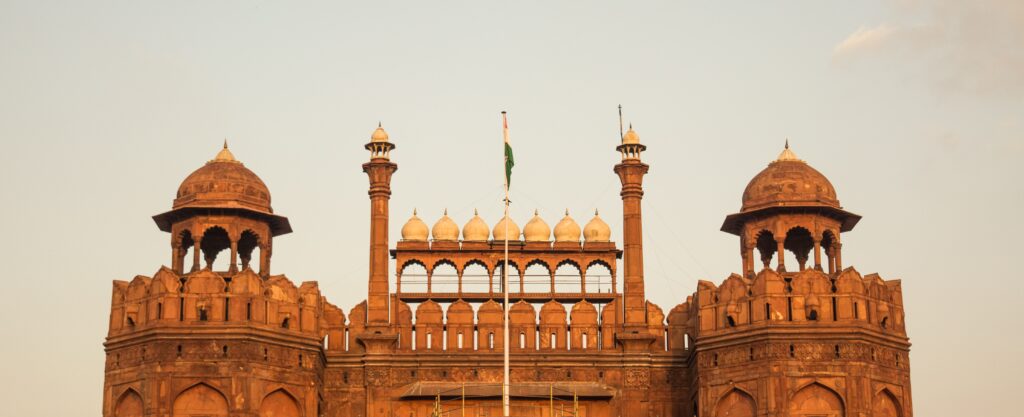Off-The-Beaten-Path Locations in India; India is a vast and diverse country, often celebrated for its iconic landmarks like the Taj Mahal and Jaipur’s forts. However, it also offers a plethora of hidden gems that are often overlooked by mainstream tourism. These off-the-beaten-path locations promise unique experiences, breathtaking scenery, and a chance to immerse yourself in local culture. Here’s a list of the top 10 lesser-known destinations in India that are worth exploring.
1. Ziro Valley, Arunachal Pradesh
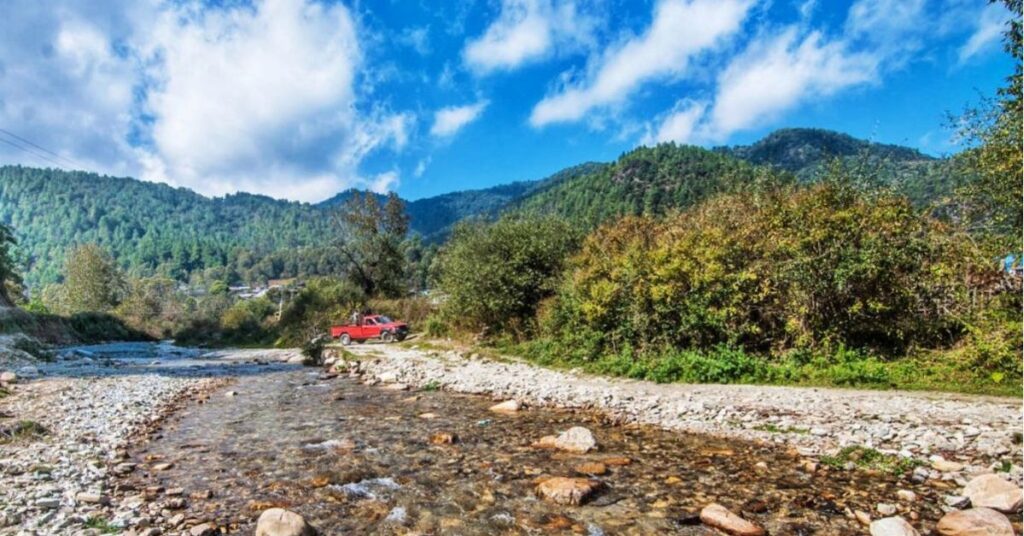

Ziro Valley, nestled in the northeastern state of Arunachal Pradesh, is a picturesque location known for its lush green landscapes and vibrant rice fields. It is home to the Apatani tribe, famous for their unique culture and practices.
Highlights:
- Cultural Experience: Attend the Ziro Music Festival held annually, where you can enjoy live performances by local and international artists.
- Natural Beauty: Trekking opportunities abound, with scenic trails that offer stunning views of the valley.
- Traditional Lifestyle: Visit Apatani villages to experience their traditional handicrafts and agricultural practices.
2. Gokarna, Karnataka
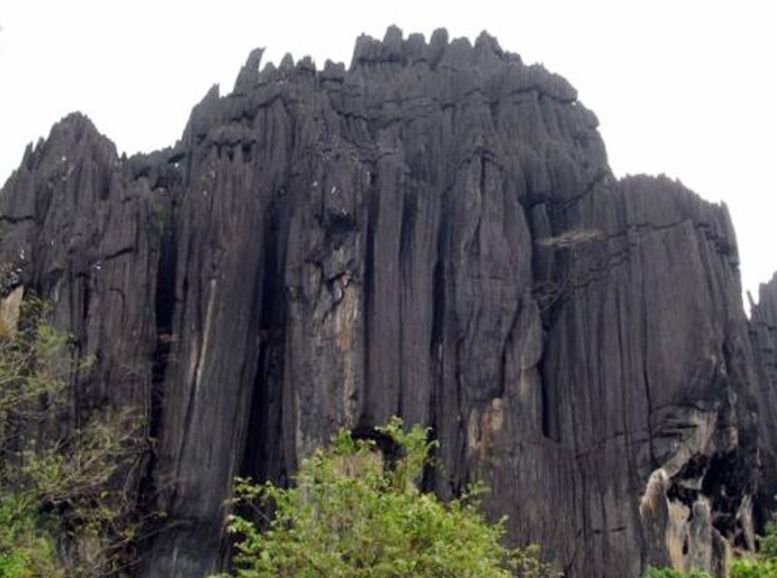

Often overshadowed by its more popular neighbor, Goa, Gokarna is a serene beach town on the western coast of India. It offers pristine beaches, a laid-back atmosphere, and spiritual experiences.
Highlights:
- Beaches: Explore untouched beaches like Kudle and Om Beach, perfect for relaxation and meditation.
- Temples: Visit the Mahabaleshwar Temple, an important pilgrimage site for Hindus.
- Yoga Retreats: Engage in yoga and wellness activities offered by various retreats along the coast.
3. Hampi, Karnataka
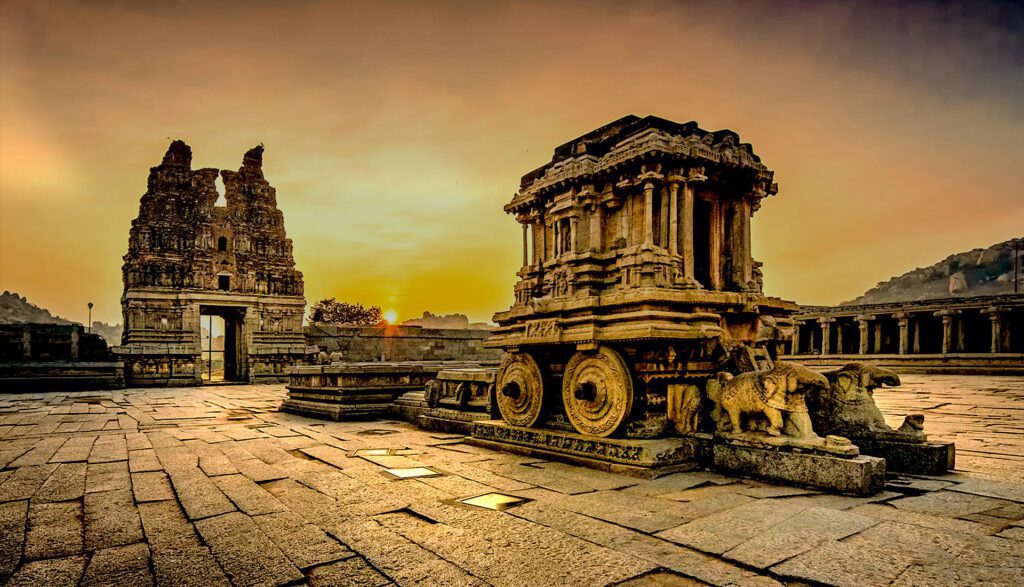

Hampi, a UNESCO World Heritage Site, is renowned for its ancient temples and ruins. Once the capital of the Vijayanagara Empire, it boasts a rich historical legacy.
- Historical Sites: Discover the magnificent Vittala Temple and its iconic stone chariot.
- Boulder Climbing: Experience bouldering and rock climbing among Hampi’s unique geological formations.
- Cultural Festivals: Participate in local festivals, such as the Hampi Utsav, showcasing music, dance, and art.
Highlights:
4. Tawang, Arunachal Pradesh
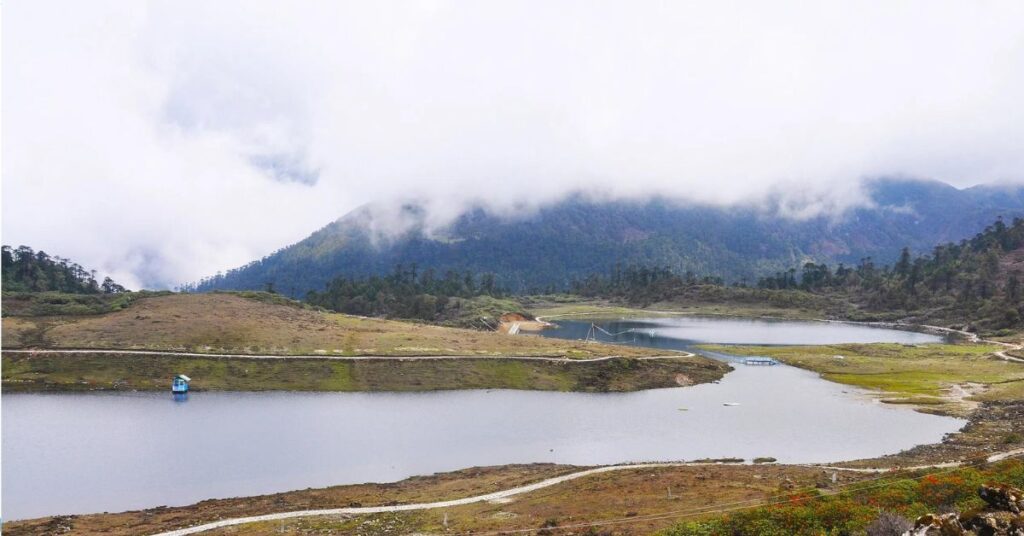

Located at an altitude of 10,000 feet, Tawang is famous for its stunning monasteries and beautiful landscapes. It offers a glimpse into the rich Tibetan culture.
Highlights:
- Tawang Monastery: Visit the largest monastery in India, known for its impressive architecture and serene ambiance.
- Nature Trails: Trek to nearby glacial lakes like Sela Lake for breathtaking views.
- Local Cuisine: Savor traditional Tibetan dishes, including momos and thukpa, in local eateries.
5. Majuli, Assam
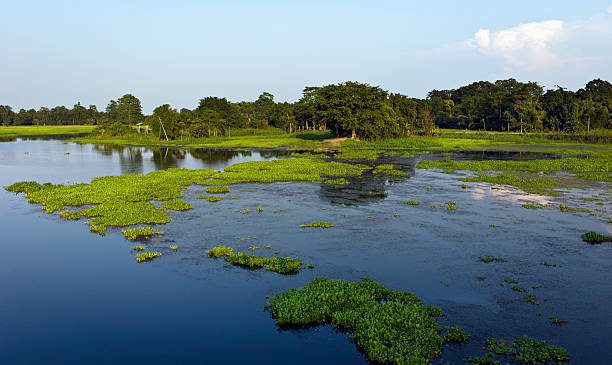

Majuli is the world’s largest river island, located on the Brahmaputra River. It is a cultural hub for the Assamese community, known for its vibrant festivals and traditional dance forms.
Highlights:
- Satras: Explore the ancient satras (monasteries) that showcase Assamese art and culture.
- Biodiversity: Experience the rich biodiversity, including migratory birds and unique flora and fauna.
- Cultural Festivals: Attend the Raas Mahotsav, a traditional dance festival celebrating the life of Lord Krishna.
6. Khajuraho, Madhya Pradesh
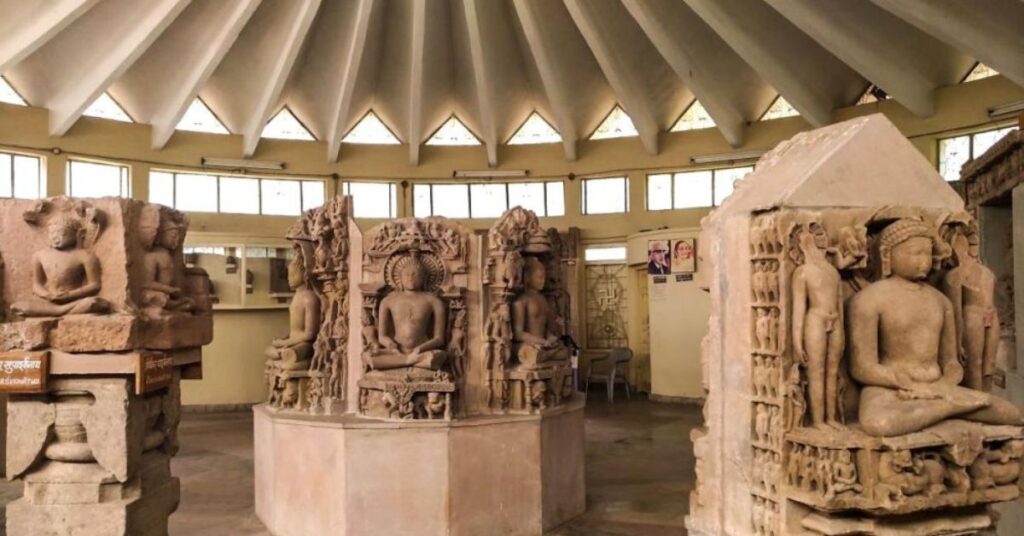

Khajuraho is famous for its intricate temples adorned with stunning erotic sculptures. It is a UNESCO World Heritage Site and a testimony to India’s architectural brilliance.
Highlights:
- Temples: Visit the Western Group of Temples, showcasing exquisite carvings and sculptures.
- Cultural Performances: Enjoy the Khajuraho Dance Festival, where classical dancers perform against the backdrop of the temples.
- Historical Insight: Discover the historical significance of the temples through guided tours.
7. Spiti Valley, Himachal Pradesh
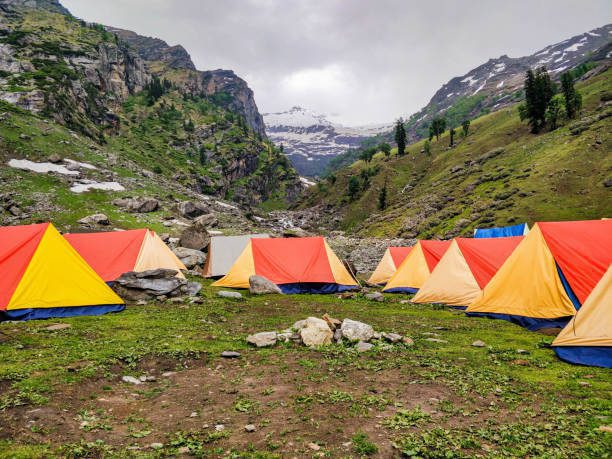

Spiti Valley is a high-altitude desert known for its breathtaking landscapes, Buddhist monasteries, and unique culture. It offers a chance to disconnect from the chaos of city life.
Highlights:
- Monasteries: Visit the Key Monastery and Dhankar Monastery, both offering stunning views and spiritual experiences.
- Adventure Activities: Engage in trekking, river rafting, and mountain biking for adrenaline-pumping adventures.
- Stargazing: Experience unparalleled stargazing due to minimal light pollution.
8. Coorg, Karnataka
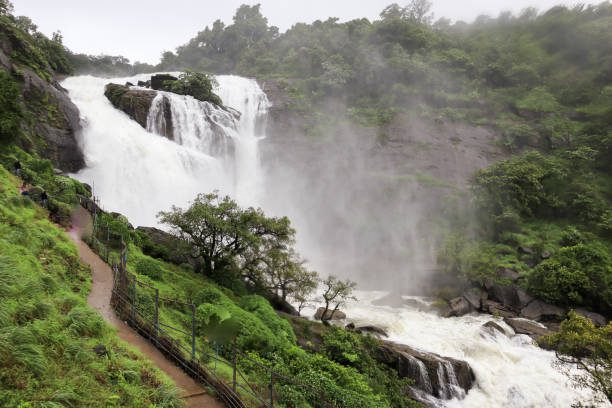

Coorg, also known as Kodagu, is a serene hill station famous for its coffee plantations, lush greenery, and pleasant weather. It’s a perfect retreat for nature lovers.
Highlights:
- Coffee Estates: Take guided tours of coffee plantations and learn about coffee production.
- Waterfalls: Visit stunning waterfalls like Abbey Falls and Iruppu Falls, ideal for picnics and photography.
- Trekking: Explore various trekking trails, including the popular Kumara Parvat trek.
9. Kanha National Park, Madhya Pradesh
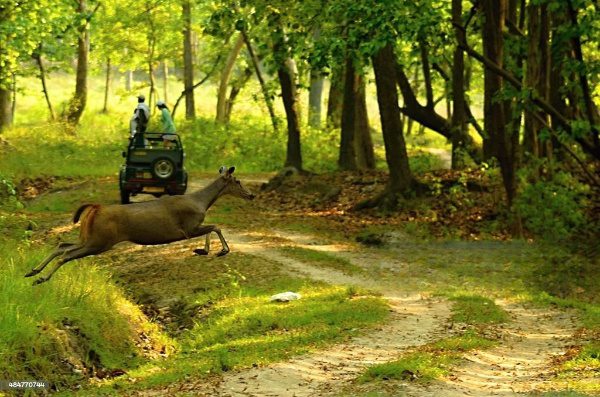

Kanha National Park is one of India’s largest national parks and a significant wildlife reserve. It is home to the Bengal tiger and various other wildlife species.
Highlights:
- Safari Experiences: Enjoy jeep safaris for wildlife spotting and birdwatching.
- Flora and Fauna: Explore diverse ecosystems, including sal forests and grasslands.
- Nature Trails: Engage in nature walks guided by naturalists for an immersive experience.
10. Andaman and Nicobar Islands
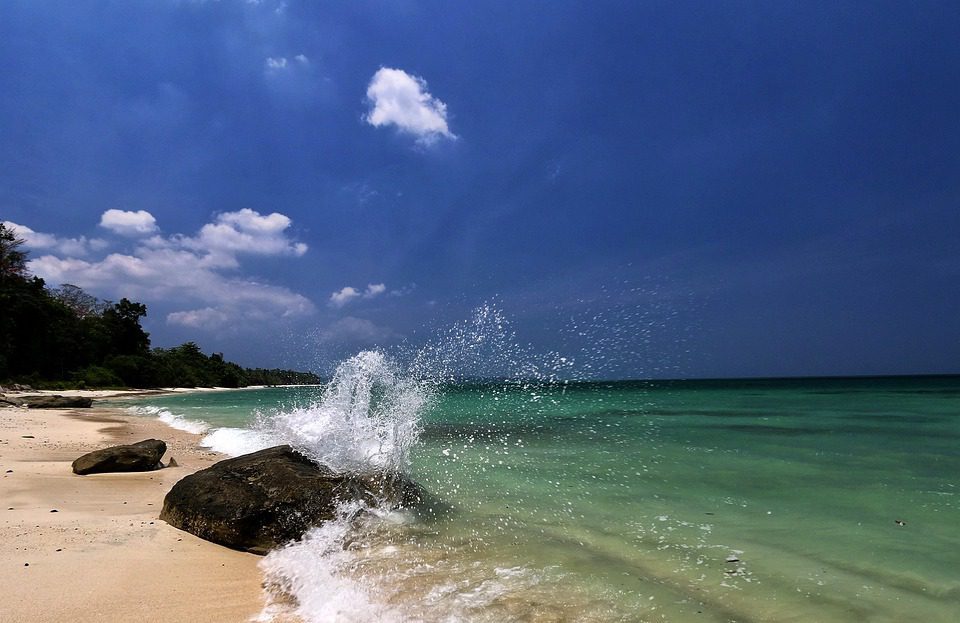

The Andaman and Nicobar Islands are a tropical paradise known for their stunning beaches, crystal-clear waters, and rich marine biodiversity. They offer a unique blend of relaxation and adventure.
Highlights:
- Beaches: Relax on pristine beaches like Radhanagar Beach on Havelock Island, often rated as one of the best beaches in Asia.
- Water Sports: Engage in snorkeling, scuba diving, and sea kayaking to explore vibrant coral reefs.
- Historical Sites: Visit the Cellular Jail in Port Blair to learn about India’s freedom struggle and the history of the islands.
Conclusion – Off-The-Beaten-Path Locations in India
India bursts with hidden gems beyond the Taj Mahal! Explore serene beaches in Gokarna, trek through the mystical Spiti Valley, or discover ancient monasteries in Tawang. From vibrant cultural experiences in Majuli to historical wonders like Khajuraho, there’s something unique for every adventurer. Ditch the crowds and embrace the unexpected on your Indian getaway. Find the perfect off-the-beaten-path adventure for you on Xplro.com and embark on an unforgettable journey!
FAQs
1. What are off-the-beaten-path locations?
- Off-the-beaten-path locations refer to less-explored destinations that aren’t typically crowded with tourists. They provide unique experiences, cultural insights, and breathtaking natural beauty, offering a more genuine look at local life.
2. Why should I consider visiting these lesser-known places in India?
- Exploring these hidden gems allows you to escape the typical tourist crowds, experience local culture, appreciate unspoiled nature, and discover sites that aren’t on the usual travel itineraries. This often leads to more authentic and memorable travel experiences.
3. Are these less-traveled locations safe for tourists?
- While many off-the-beaten-path sites in India are generally safe, it’s crucial to conduct thorough research on specific areas before visiting. Always adhere to local advice, stay vigilant, and follow standard safety practices.
4. What’s the best time to visit these hidden treasures in India?
- The optimal time to visit varies by location, but typically, the winter months from October to March are best for most regions. Certain areas in the northeastern states may be more enjoyable during summer when the weather is milder.
5. How can I reach these lesser-known destinations?
- Reaching these locations may involve using local transportation, hiring private taxis, or trekking. It’s advisable to research the best travel methods for each destination and consider hiring local guides for a more enriching experience.
6. What kind of accommodations can I expect in these regions?
- Accommodation options can range from budget-friendly guesthouses and homestays to boutique hotels and eco-friendly lodges. Many of these areas offer unique lodging experiences, such as traditional cottages or camps in scenic surroundings.
7. Are there cultural practices I should be aware of?
- Absolutely! Each region in India has its own customs and traditions. It’s important to learn about local practices, dress appropriately when visiting religious sites, and ask for permission before photographing individuals or sacred locations.
8. What activities can I engage in at these destinations?
- Activities differ by location but can include trekking, wildlife safaris, cultural excursions, cooking classes, yoga retreats, and visits to local markets. Interacting with community members often provides unique opportunities for engagement.
9. Is local cuisine easily accessible in these areas?
- Yes, most of these lesser-known destinations offer local food options featuring regional specialties. Dining at small local eateries or homestays provides a chance to enjoy authentic dishes. Be open to trying new culinary delights!
10. Should I book tours ahead of time?
- While some tours and activities can be arranged on the spot, it’s a good idea to reserve popular tours or accommodations in advance, especially during peak travel seasons. This guarantees availability and can often lead to better pricing.
11. What should I bring when traveling to these lesser-known locations?
- Travel light and pack essentials such as comfortable clothing, sturdy hiking shoes, a reusable water bottle, a basic first-aid kit, sunscreen, and any personal items you may need. Don’t forget your camera to capture the beautiful landscapes!
12. How can I reduce my environmental footprint while visiting these places?
- To lessen your impact, practice the “Leave No Trace” principles. Avoid single-use plastics, respect local wildlife, choose biodegradable products, and support local businesses. Opting for eco-friendly tours can also help preserve these pristine environments.
